William Frantz Elementary School, school of Ruby Bridges
Introduction
Text-to-speech Audio
William Frantz Elementary School is an American elementary school, that long with McDonogh No. 19 Elementary School, was involved in the New Orleans school desegregation crisis during 1960.
William Frantz Elementary School was one of the first all-white elementary schools in the Deep South to be integrated when Ruby Bridges became the first African-American student to attend the school. In 1960, when Bridges was six years old, her parents responded to a request from the National Association for the Advancement of Colored People (NAACP) and volunteered her to participate in the integration of the New Orleans school system.
In 2014, a statue of Bridges was unveiled in the courtyard of William Frantz Elementary School.
Images
William Frantz Elementary as of 2010
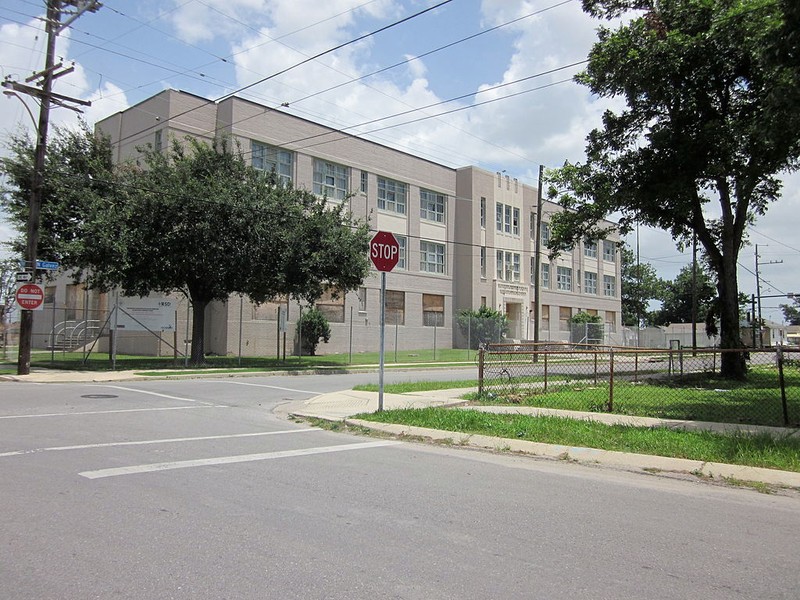
Norman Rockwell's The Problem We Face
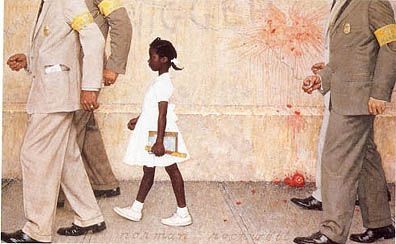
US Marshals escorting Ruby Bridges home after school
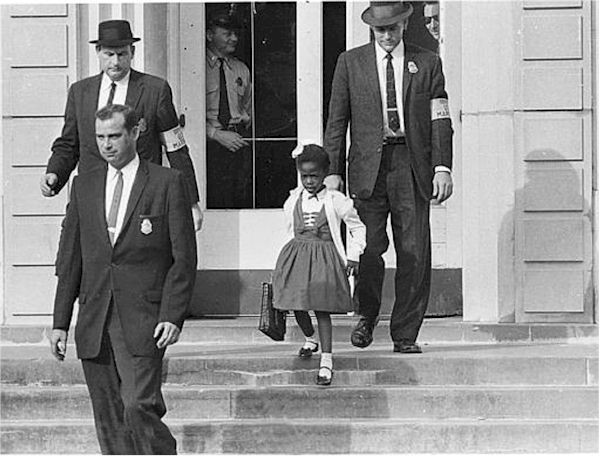
The Ruby Bridges statue found on school grounds
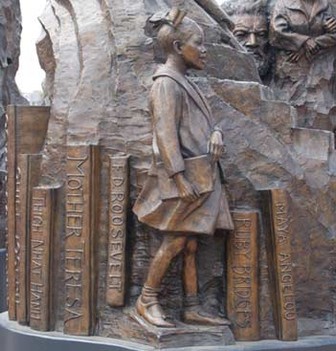
Ruby Bridges with Mrs. Barbara Henry. Ruby was Mrs. Henry's student at William Frantz for a time.
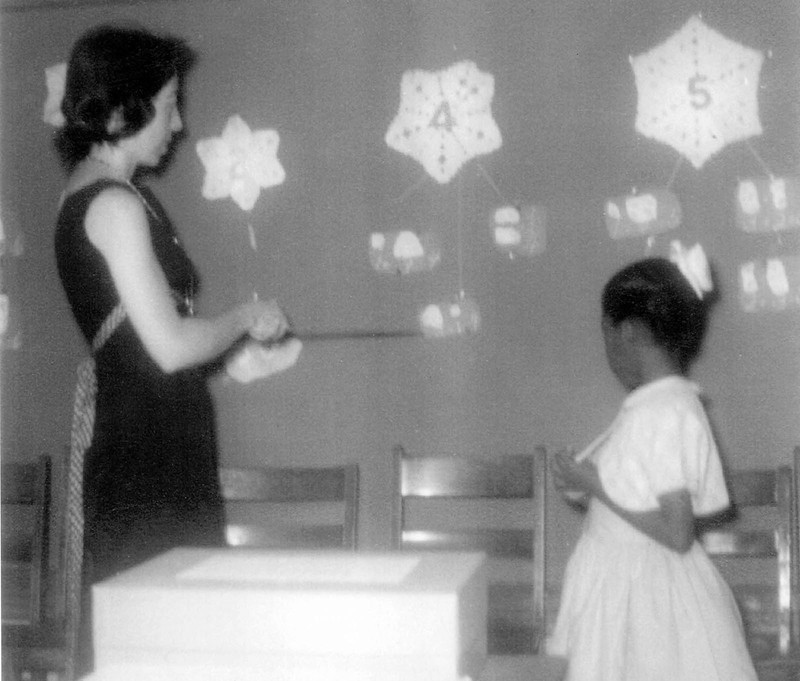
Backstory and Context
Text-to-speech Audio
In the spring of 1960, Ruby Bridges was one of six African-American children in New Orleans to pass the test that determined whether or not the Black children would go to the all-white school. However, two students decided to stay at their old school, and three were transferred to Mcdonogh No. 19. Ruby was the only one assigned to William Frantz. Her father was initially reluctant, but her mother felt strongly that the move was needed not only to give her own daughter a better education, but to "take this step forward ... for all African-American children." Her mother finally convinced her father to let her go to the school.1
The court-ordered first day of integrated schools in New Orleans, November 14, 1960, was commemorated by Norman Rockwell in the painting The Problem We All Live With. As Bridges describes it, "Driving up I could see the crowd, but living in New Orleans, I actually thought it was Mardi Gras. There was a large crowd of people outside of the school. They were throwing things and shouting, and that sort of goes on in New Orleans at Mardi Gras."2 Former United States Deputy Marshal Charles Burks later recalled, "She showed a lot of courage. She never cried. She didn't whimper. She just marched along like a little soldier, and we're all very very proud of her."3
In 2005 New Orleans Public Schools was considering closing Frantz. Hurricane Katrina, which occurred that year, damaged the building. After it was restored, it began hosting the charter school Akili.
The court-ordered first day of integrated schools in New Orleans, November 14, 1960, was commemorated by Norman Rockwell in the painting The Problem We All Live With. As Bridges describes it, "Driving up I could see the crowd, but living in New Orleans, I actually thought it was Mardi Gras. There was a large crowd of people outside of the school. They were throwing things and shouting, and that sort of goes on in New Orleans at Mardi Gras."2 Former United States Deputy Marshal Charles Burks later recalled, "She showed a lot of courage. She never cried. She didn't whimper. She just marched along like a little soldier, and we're all very very proud of her."3
In 2005 New Orleans Public Schools was considering closing Frantz. Hurricane Katrina, which occurred that year, damaged the building. After it was restored, it began hosting the charter school Akili.
Sources
1.Ruby Bridges Hall. "The Education of Ruby Nell," Guideposts, March 2000, pp. 3-4.
2.Hunter-Gault, Charlayne. "A Class of One: A Conversation with Ruby Bridges Hall," Online NewsHour, February 18, 1997
3.Susannah Abbey. Freedom Hero: Ruby Bridges
"New Ruby Bridges statue inspires students, community". NOLA.com.
Bridges Hall, Ruby. Through My Eyes, Scholastic Press, 1999.
Coles, Robert. The Story of Ruby Bridges, Scholastic Press, 1995
2.Hunter-Gault, Charlayne. "A Class of One: A Conversation with Ruby Bridges Hall," Online NewsHour, February 18, 1997
3.Susannah Abbey. Freedom Hero: Ruby Bridges
"New Ruby Bridges statue inspires students, community". NOLA.com.
Bridges Hall, Ruby. Through My Eyes, Scholastic Press, 1999.
Coles, Robert. The Story of Ruby Bridges, Scholastic Press, 1995
